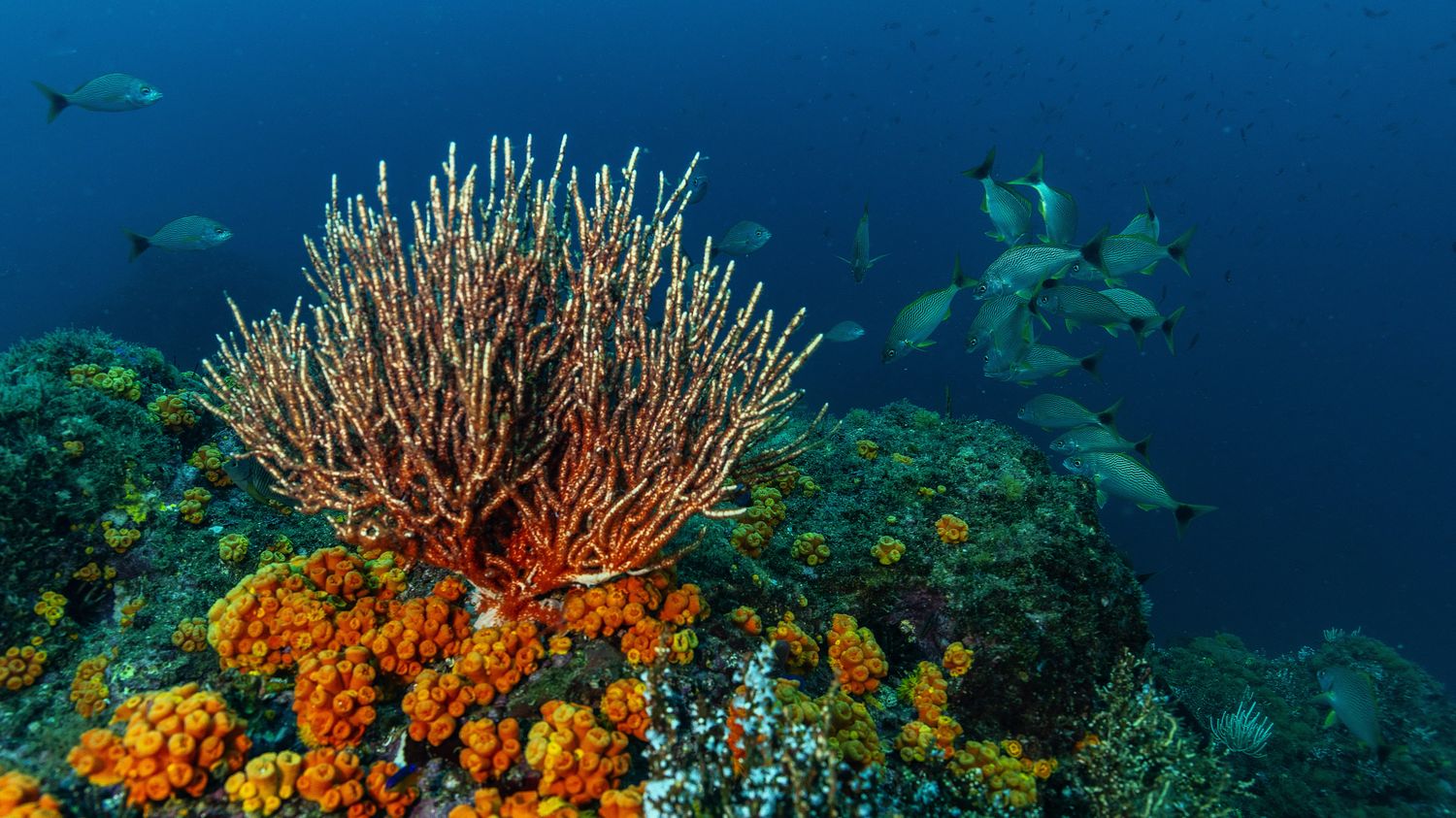This tool has been used by Ifremer, in Brittany, since 2017, it is being updated. This supercomputer will accelerate the processing and storage of ocean data and therefore accelerate research.
Published
Reading time :
2 min

Physically, Datarmor is not the most glamorous, it is made up of around fifteen metal cabinets, like large refrigerators lined up in the same room and which make the sound of a vacuum cleaner. But this supercomputer is a technological gem representing the equivalent of the computing power of 3,000 computers combined and the storage capacity of 70,000 individual PC hard drives.
Datarmor already existed, but it is being updated to match the performance of the latest generation computers. “With this system, we are about ten years ahead of mainstream computing.”explains Mickael Dequidt, one of the co-administrators of this supercomputer, installed on the Ifremer site (the French research institute dedicated to knowledge of the ocean) de Plouzané – near Brest in Finistère.
>> Moon objective for fish eggs? Ifremer tests their resistance to a trip to the future lunar base
This supercomputer will speed up research. The amount of data collected in the oceans continues to increase. Ifremer constantly receives all kinds of images and measurements from sensors and cameras installed underwater. There is also the accumulation of satellite data which is kept year after year to be able to model the state of the oceans. The advantage of this supercomputer is that it will accelerate the processing and storage of this gigantic mass of data.
A virtual ocean to study the reaction of the environment
For example, researchers will be able to study marine currents more easily and predict, for example, the formation of rogue waves – rare and dangerous waves. Thanks to the supercomputer, the ambition is also to be able to create a digital twin for the ocean in the coming years. A virtual ocean in which it would be possible to modify certain parameters to study the reaction of the environment (to global warming, for example).
And finally, on the biodiversity side, researchers will also be able to sequence and store the genome of marine animals more easily, to find common ancestors. They will also be able to train an artificial intelligence system to view and caption underwater videos on its own, teaching it to recognize species. The project is colossal because, despite decades of exploration, 95% of these deep oceans remain to be explored.
